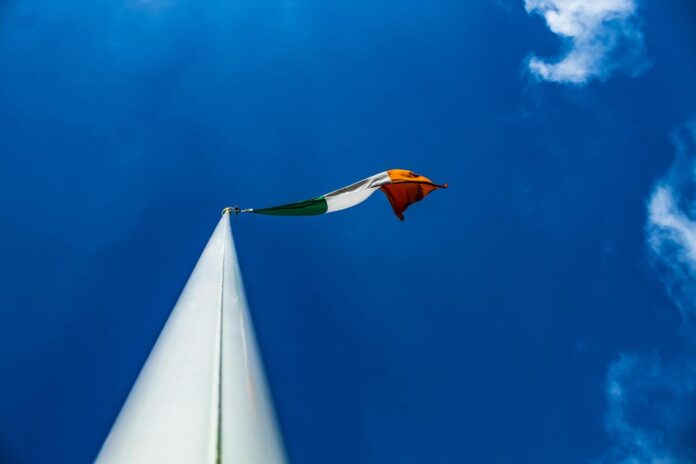The bond between Liverpool FC and Ireland isn’t so much surface-level or political, but a storied history that became a part of the club’s identity. It’s a connection that some international fans may know more about the sharing of on-pitch legends than the migrant past. This loyalty is evident in the discussions that fill pubs across the country, with many fans backing their knowledge on various betting sites in Ireland.
Famine ships to Anfield Road
The story begins with the city of Liverpool itself. It’s estimated that up to 75% of the city’s population today has some Irish ancestry, a demographic shift heavily influenced by the Great Famine in the 19th century.
This influx shaped the city’s character and provided a natural support base for the local football club. The Irish that moved in began supporting Liverpool domestically, but remained firm Ireland supporters internationally. This is perhaps why you hear echoes today of some scousers claiming not to back England in the World Cup.
Let’s not forget the great famine was before Liverpool FC existed. So, it’s no surprise it had an impact in the club’s very formation. Its first manager and director was “Honest” John McKenna from Monaghan, and he was very much key in the club’s early years. Even the stadium’s name, Anfield, is a direct link and derived from the old townland of “Annefield” in Ireland.
It was the home of Robert Graves, a Wexford shipbuilder and Liverpool mayor who owned the land.
The Irish heartbeat
It’s not just an origin story, but a continued connection. The heartbeat of many great Liverpool sides was distinctly Irish. Belfast-born Elisha Scott made 468 appearances for the club over a 20-year period. The Republic of Ireland contingent of the 1980s is perhaps what cemented the bond for a generation. The trio of Ronnie Whelan, Mark Lawrenson and Ray Houghton were a big part of a successful era and between them, they amassed a staggering collection of honours. This included multiple league titles and a European Cup. Whelan (493 appearances) and Lawrenson (356 appearances) were mainstays, while Houghton scored crucial goals in a five-year spell.
A modern sea of red
The connection is as strong as ever, and the politics of the Thatcher era, in which the government was found to actively put the city of Liverpool after the riots in “managed decline”. This, with the Hillsborough disaster, left the city in a defensive state that only pushes it further to Irish affiliation.
Liverpool remains one of the most passionately supported clubs in Ireland. One misconception is that Liverpool and Everton are Catholic and protestant clubs, like Celtic and Rangers. It’s not true, and the club isn’t religious, though the clear Irish Catholic connections have also boosted its global brand with international fans seeing it like this.
The official Liverpool FC website lists many official supporters’ clubs across the length and breadth of Ireland, from Balbriggan to Ballina.
A shared identity
Liverpool FC will always have a connection to Ireland; it’s how the club was founded. The internal identities of individual supporters remain mixed, and sometimes nuanced, but the club itself has a clear, unwavering support from across the sea.




